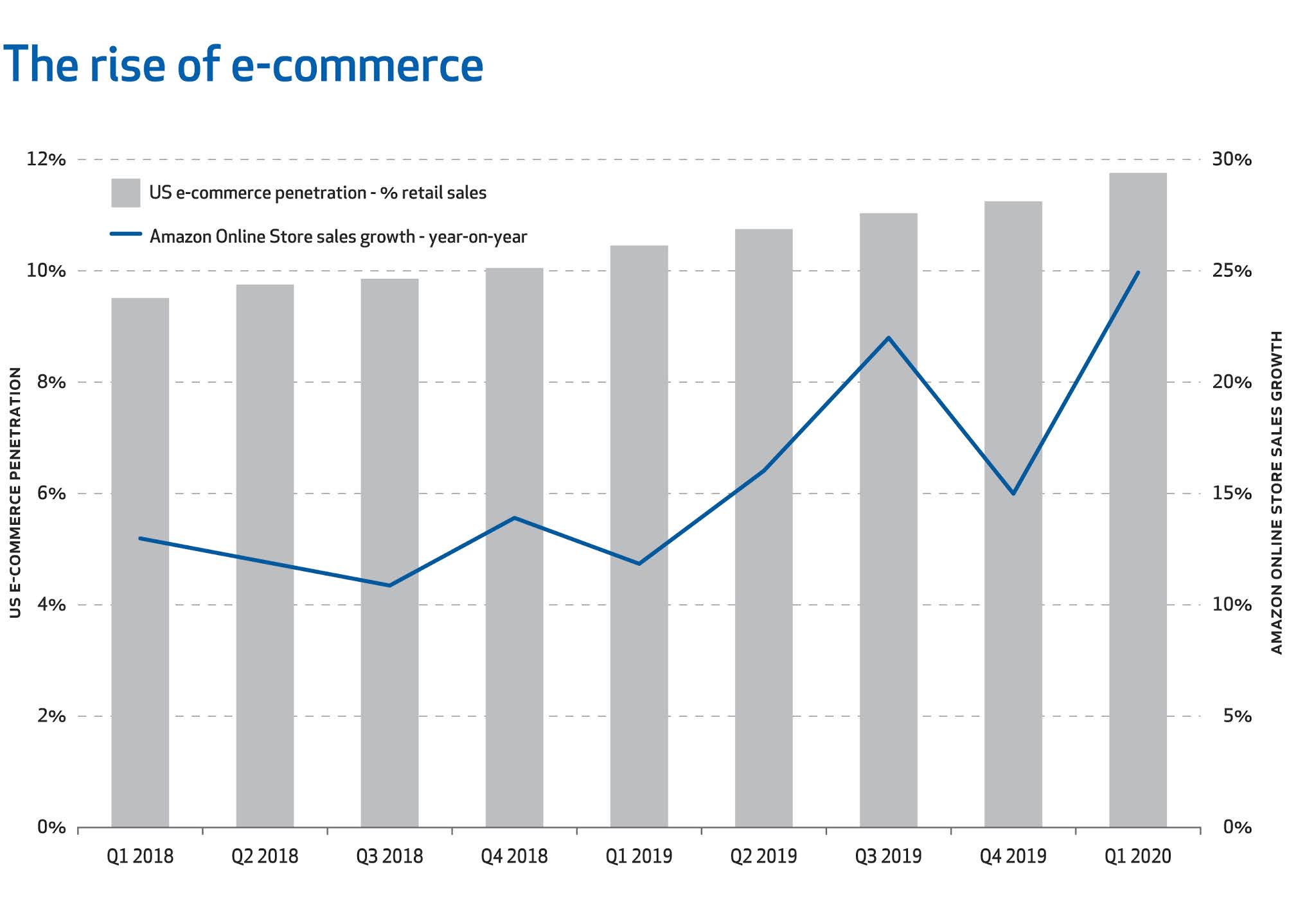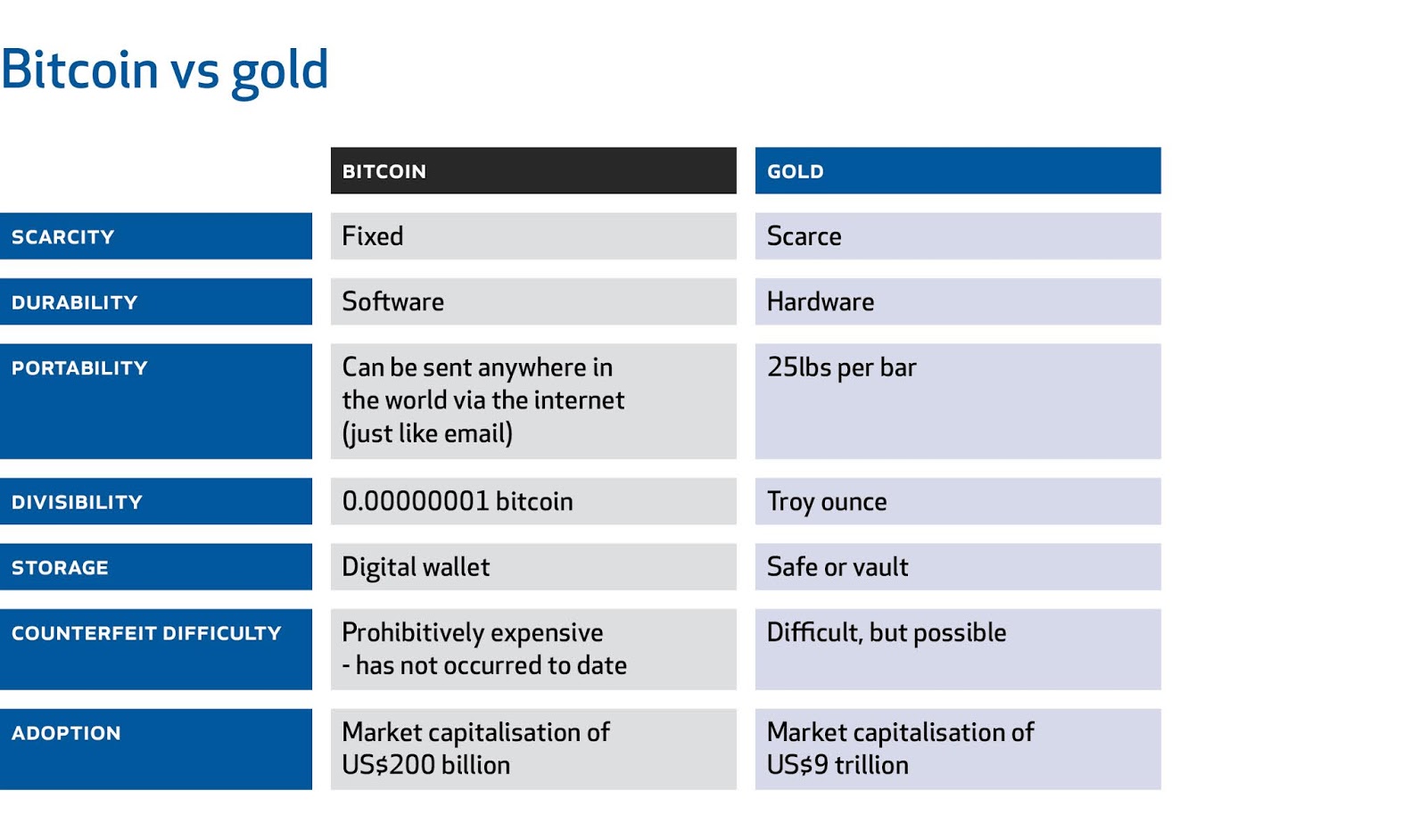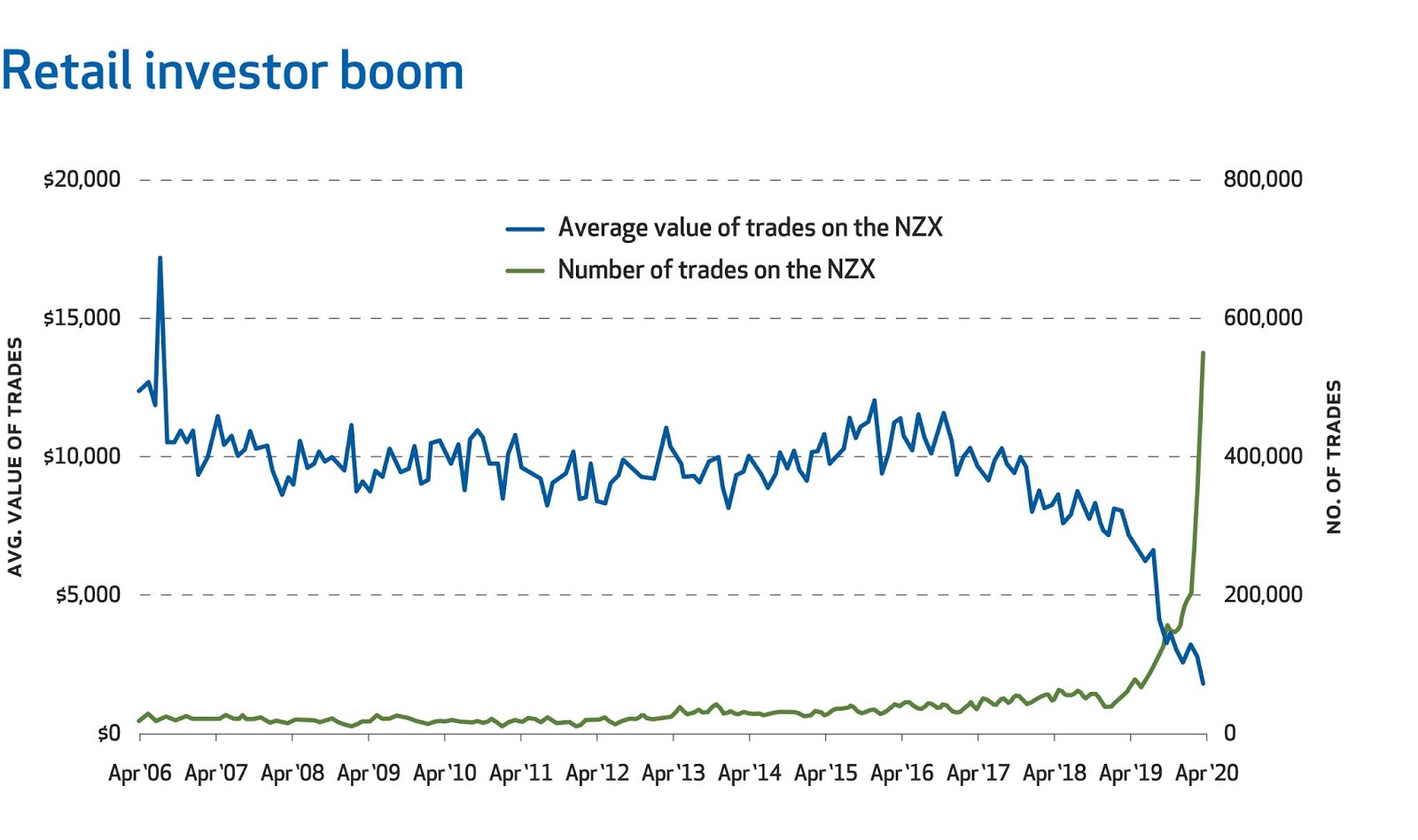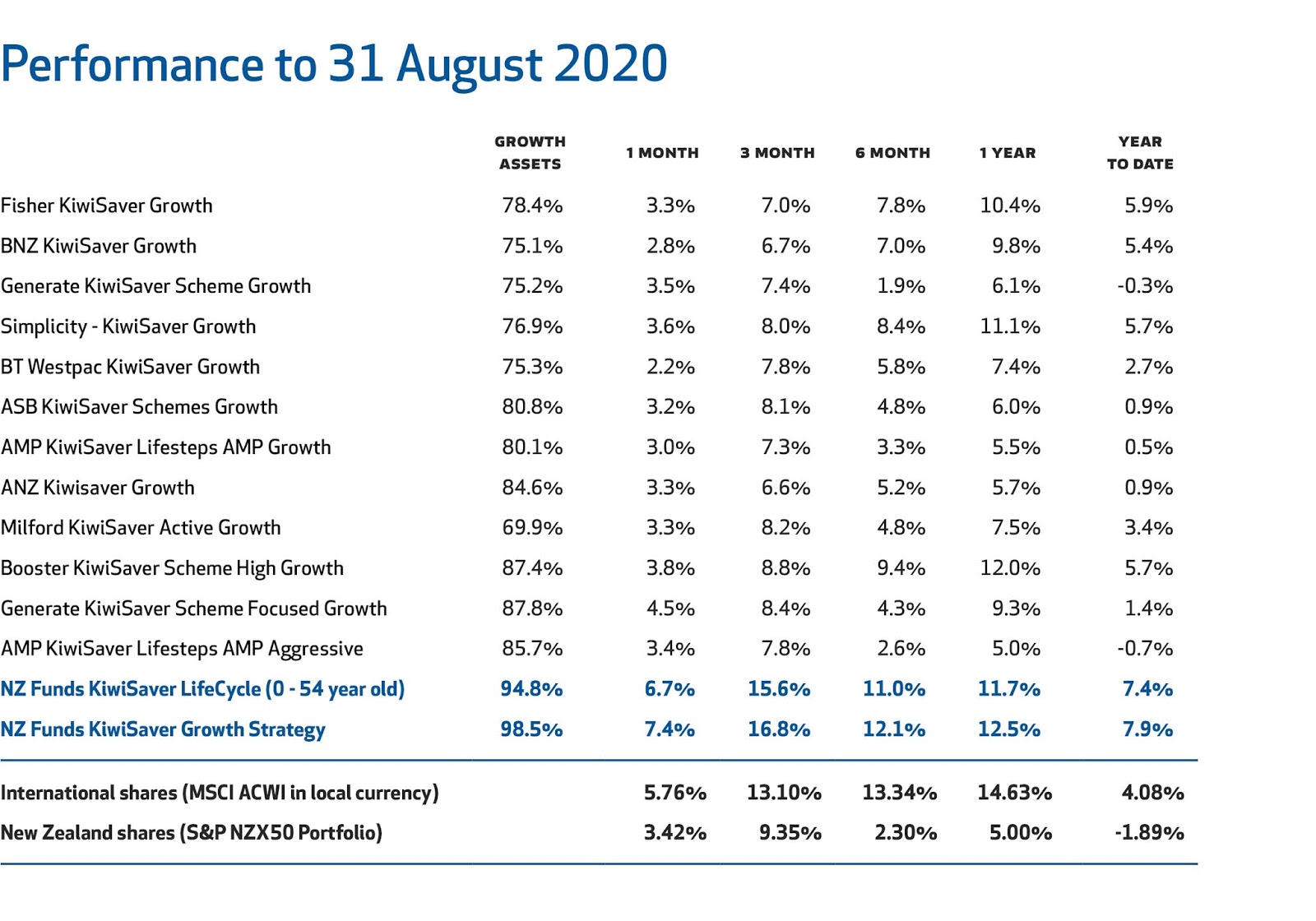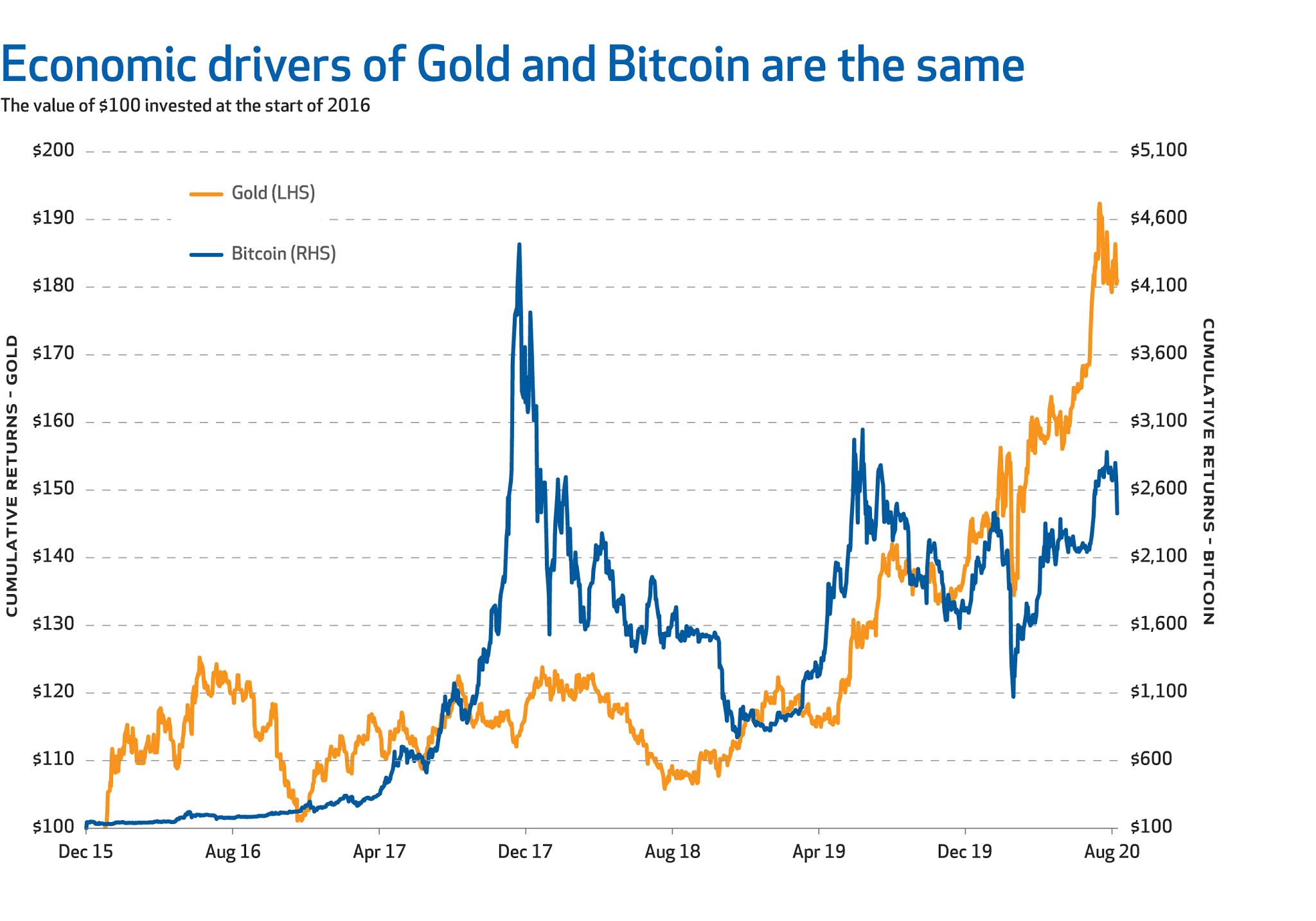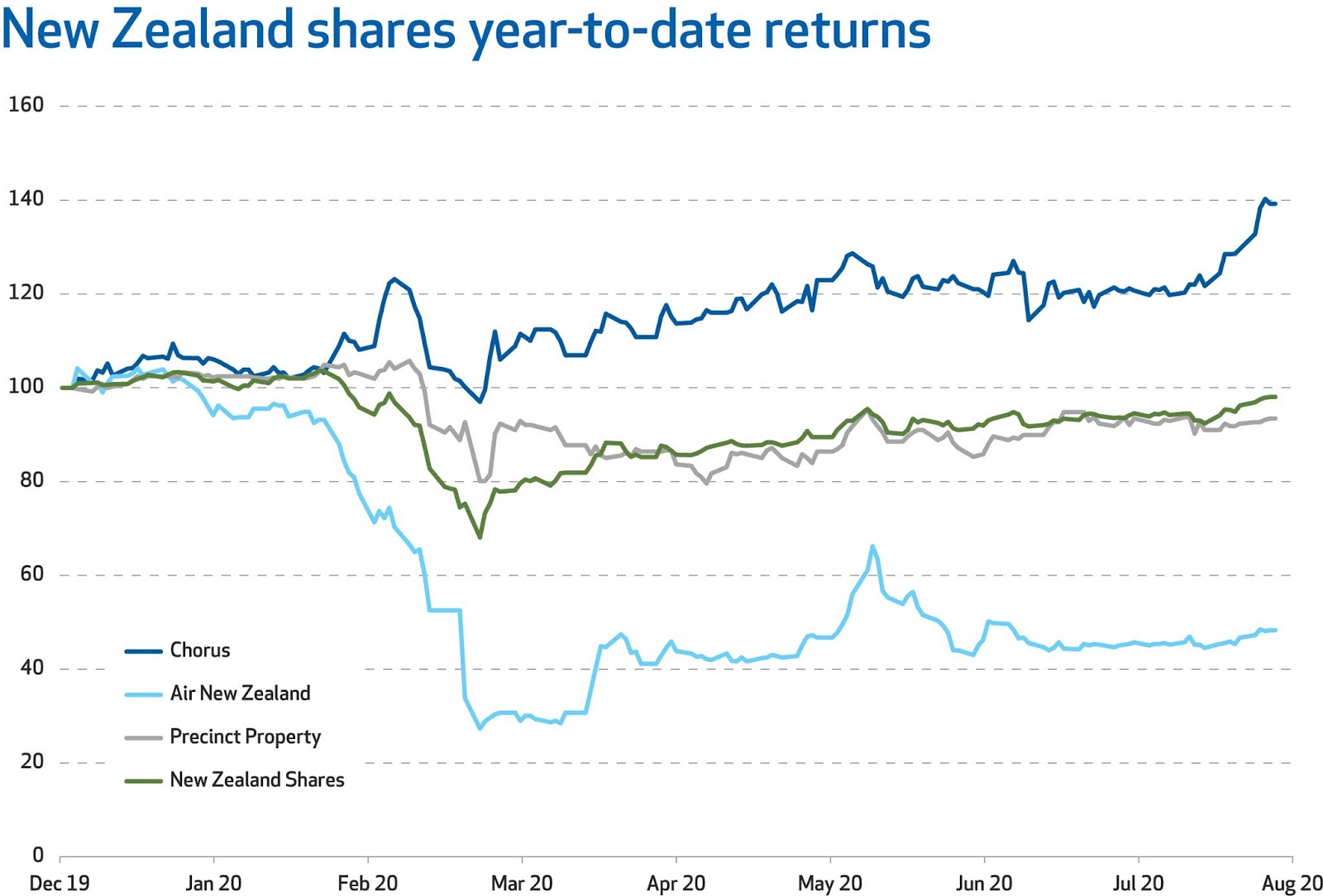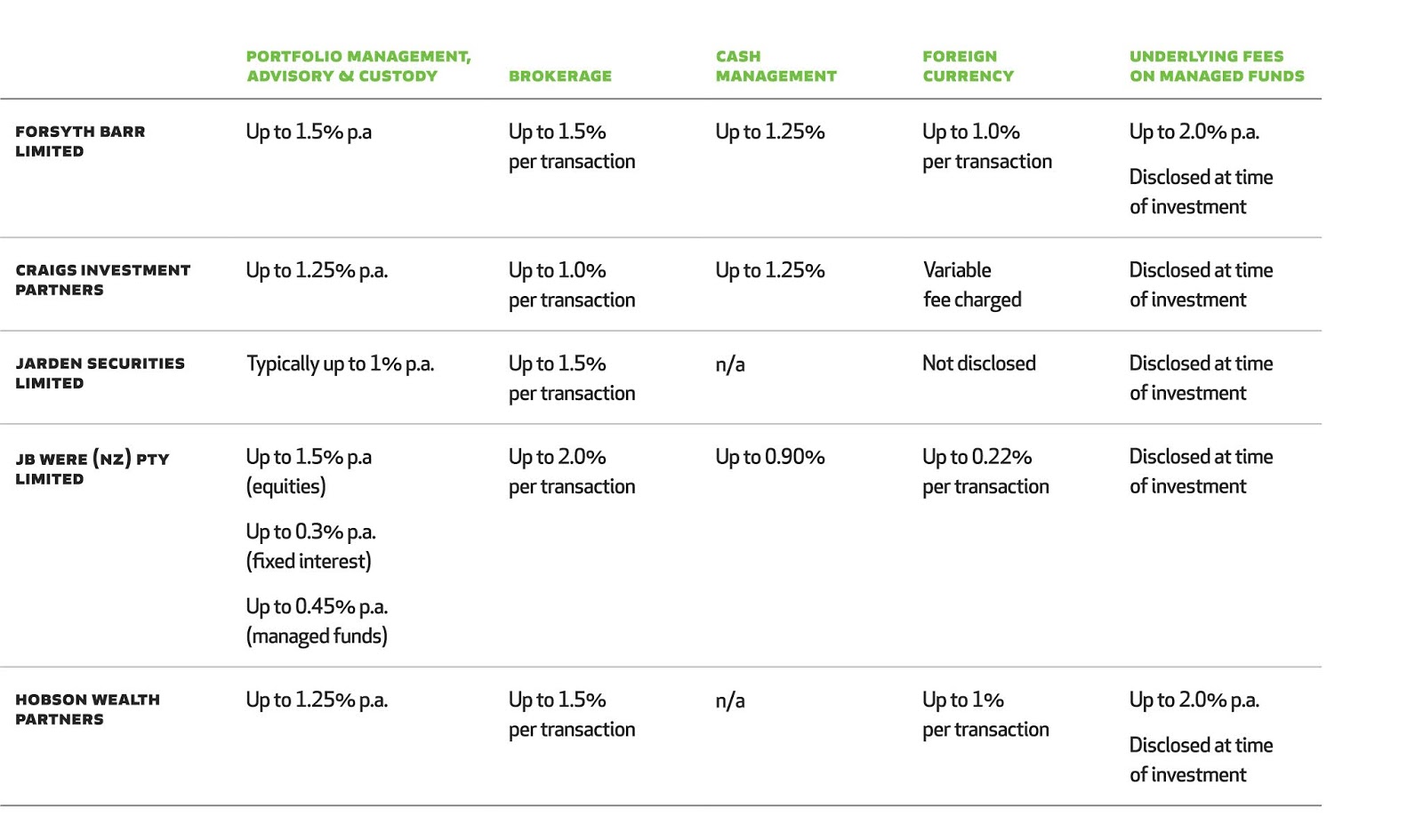Grandma’s jam jars way to allocate investment

I’ve been told many times how good interest rates were in the 1980’s. A 6 month term deposit attracted a 15% interest rate in 1986, rising to 18% the next year. However, before we get too nostalgic, we need to understand what the real return is. If, for example, I earn 5% but inflation is 2% then my real return is 3%. The reality of 1986 was high inflation and that, despite the 15% interest rate, investor dollars were going backwards in what they could buy, especially so once tax was deducted. The impact of inflation is to reduce my purchasing power. To earn a real return is to maintain and grow it. Skip forward to 2006 and the rate was 7%. Inflation however was only 2.6%. The interest rate was lower than 1986 but the real return significantly improved. Our dollars were holding their value and more. Today 1.5% is a more likely rate. Deduct tax and we will again be struggling to earn a real return. Equally concerning is the distinct possibility that interest rates will stay low
